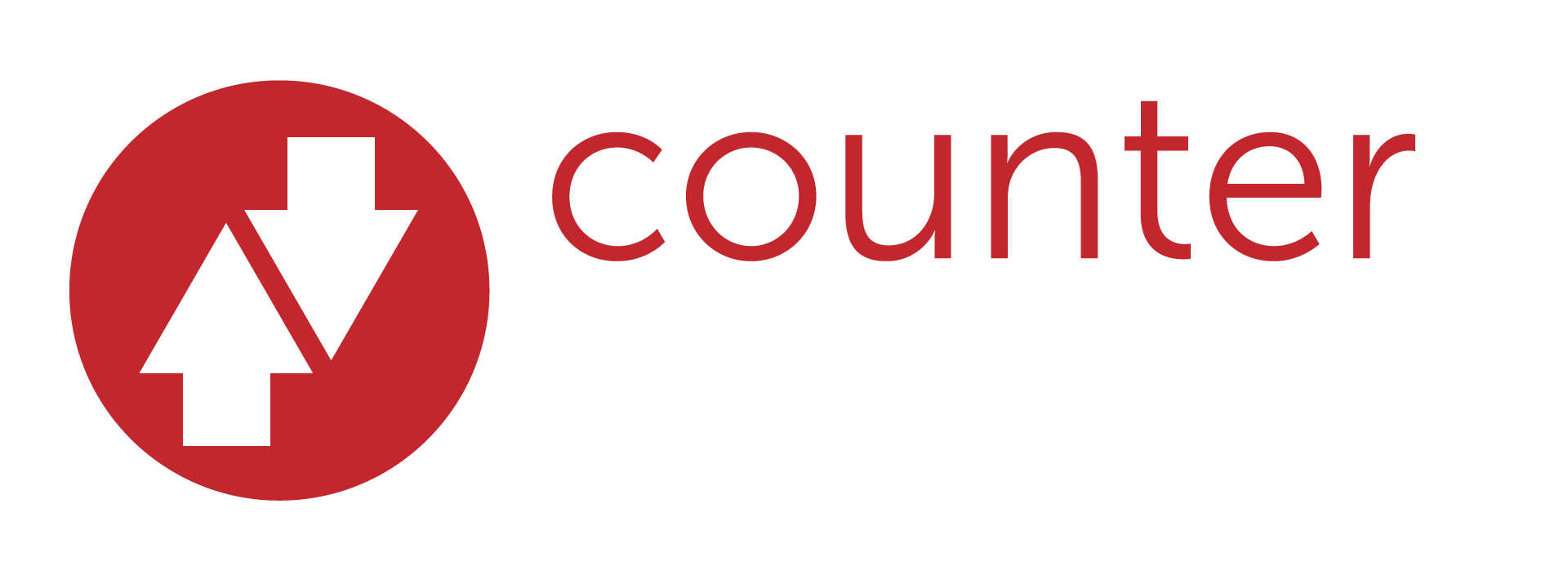
Throwing Money Away on Bad Meetings
We have all been required to attend meetings at work.
Some of them are even necessary.
Occasionally, one is actually productive! Unfortunately, most — and we do mean most — are only marginally beneficial. Many are a complete waste of time. And those bad meetings are costing you a fortune.
 They start late. They are poorly led. They are long on ideas and short on execution. There is no follow-up or accountability. Good ideas are labeled “risky” while bad ideas are pondered for hours on end. Then everyone retreats back to their offices and races to catch up on their work before the next meeting is called.
They start late. They are poorly led. They are long on ideas and short on execution. There is no follow-up or accountability. Good ideas are labeled “risky” while bad ideas are pondered for hours on end. Then everyone retreats back to their offices and races to catch up on their work before the next meeting is called.
And the cycle starts all over again. In the next meeting, many of the same bad ideas are debated all over again. While others argue, you wonder about the work you could be getting done. You doodle. You fume. You wonder why the leader doesn’t see how much valuable time and money is being wasted.
Sound familiar?
On the other hand, there are some people who just LOVE to have meetings. In some instances, it is a great replacement for actually getting some real work done. In many cases, it’s a chance for people to get in their two cents.
Here are eight steps to follow that will produce shorter, more effective meetings:
1. Create an objective for the meeting (you would be surprised)
2. Create a specific agenda for the meeting (bet you don’t have one, and if you do, nobody gets a copy)
3. Ensure that any contributor to the meeting is fully aware of his/her individual role in the meeting (topic, time allotment, etc.)
4. Establish a firm time frame for the meeting (and it doesn’t have to be one hour)
5. Assign a note-taker for the meeting (don’t rely on your memory)
6. Record all decisions, action items, and critical information (saves argument later)
7. Assign process owners to all action items (something might actually get done)
8. Distribute notes immediately following the meeting (no excuses accountability)
If you follow these eight steps, you will definitely have more productive meetings, but, ultimately, the facilitator (the leader) of the meeting must be effective in managing the meeting to absolutely ensure its success.
[tweet_box design=”box_02″]”Some people LOVE meetings at work – it’s a great replacement for getting some real work done.” via @countermentors @kellyriggs @robbyriggs [/tweet_box]The Leader’s Role
A meeting is only as good as its agenda and follow-up process, but the leader will ultimately determine the overall effectiveness of the meeting. Frankly, setting an agenda and distributing the notes after the meeting is not terribly difficult, but, if the agenda is poorly conceived or the notes outline a series of bad decisions or faulty action items, the meeting will ultimately be considered a failure.
Here are couple of tips for meeting leaders:
- Stay on track, stay on agenda, and end the meeting as advertised.
- Do not allow one person to dominate the meeting
- Do not make a decision if one is not warranted
- Do not leave a meeting without setting up the “next steps” – the decisions and/or action items to be implemented and communicated
- At the end of time limit, adjourn, assemble and distribute notes, have the participants review them for accuracy, then prepare for the next meeting (if applicable)
- Make sure everyone knows who is responsible for follow-up and how it will be done – email, memo, 1-on-1 conversations, etc.
There you go. Better meetings not only save you time and money, they will have a dramatic impact on your corporate culture.
If that’s something you care about.
(And if you do, email us at kr@countermentors.com)
